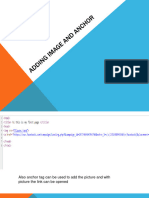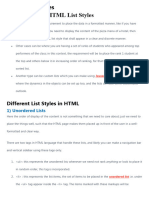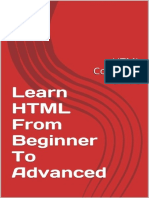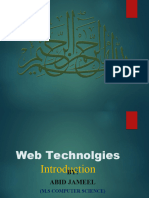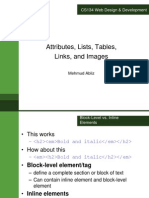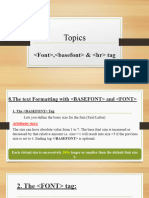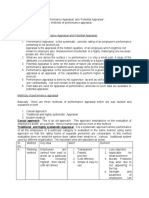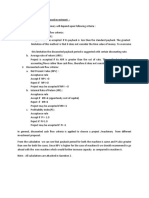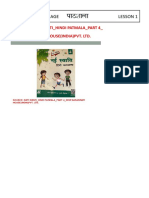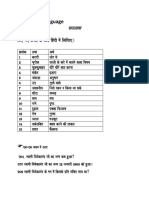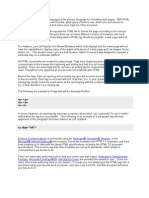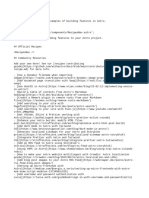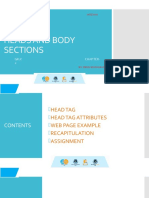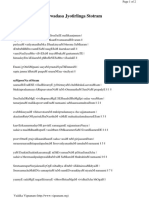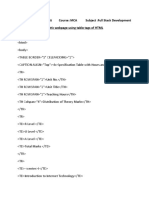0% found this document useful (0 votes)
75 views14 pagesInserting Images (Tag)
The document discusses how to insert images and lists into webpages to enhance appearance. It describes using the <IMG> tag to insert images, with attributes like align to control placement. It also covers using the <OL> and <UL> tags to create ordered and unordered lists, with attributes like type and start to customize numbering/bullets. Examples are provided of code and corresponding output for different list attributes.
Uploaded by
Moumita GhoshCopyright
© © All Rights Reserved
We take content rights seriously. If you suspect this is your content, claim it here.
Available Formats
Download as PDF, TXT or read online on Scribd
0% found this document useful (0 votes)
75 views14 pagesInserting Images (Tag)
The document discusses how to insert images and lists into webpages to enhance appearance. It describes using the <IMG> tag to insert images, with attributes like align to control placement. It also covers using the <OL> and <UL> tags to create ordered and unordered lists, with attributes like type and start to customize numbering/bullets. Examples are provided of code and corresponding output for different list attributes.
Uploaded by
Moumita GhoshCopyright
© © All Rights Reserved
We take content rights seriously. If you suspect this is your content, claim it here.
Available Formats
Download as PDF, TXT or read online on Scribd
/ 14





